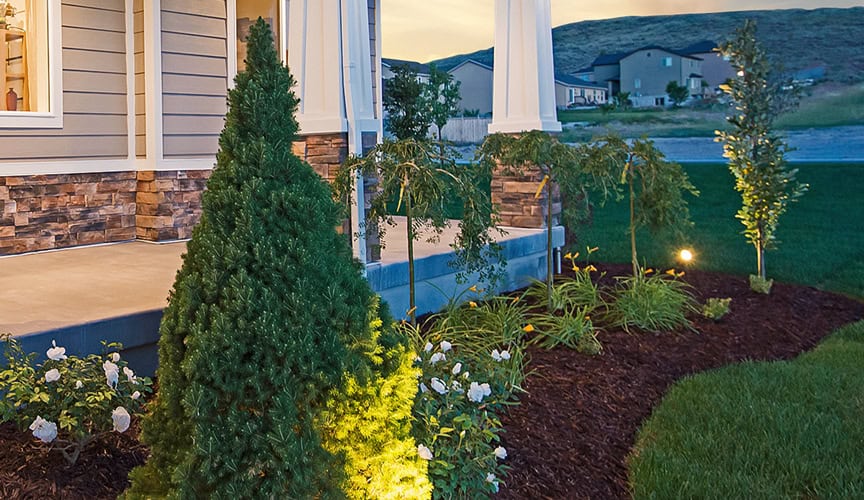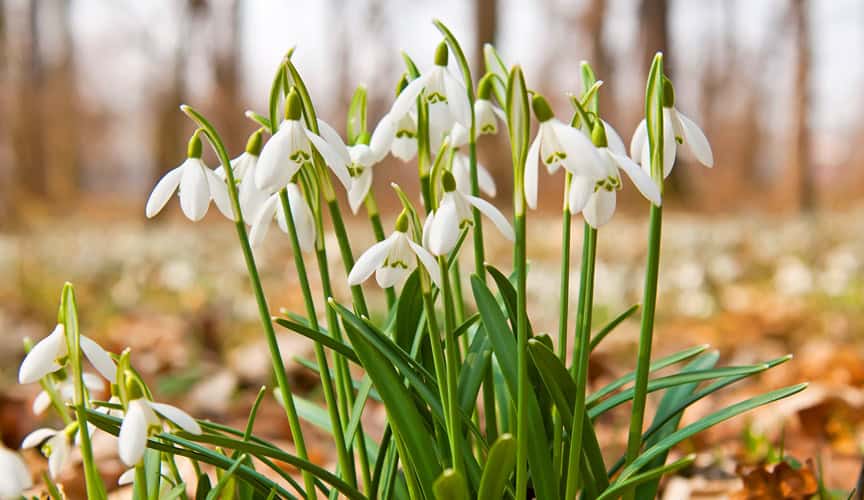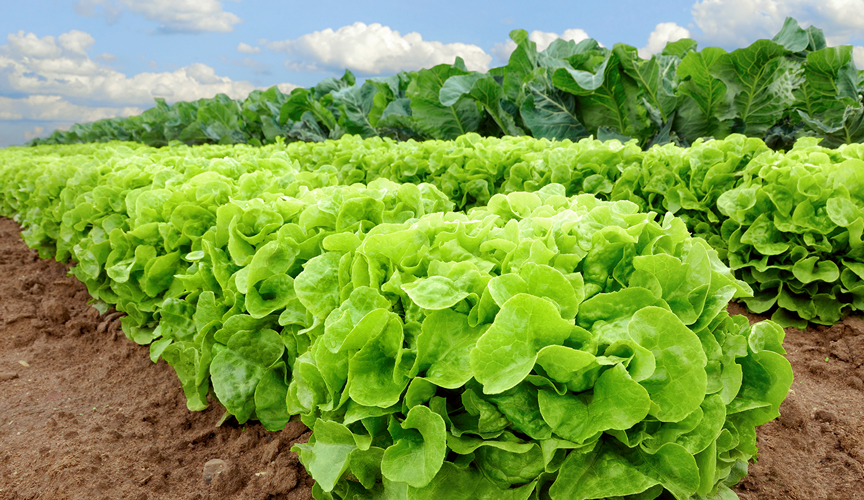What to Plant in your Yard this Fall
A change in the weather is bringing cooler temperatures and golden hues to yards and gardens. Well-groomed landscaping creates the ultimate showstopper, and despite the cooler weather, fall is one of the best seasons to dedicate time to yardwork. Thanks to warmer soil temperatures, many trees, shrubs, bulbs, and even vegetables can grow strong root systems underground. So, put on your gardening boots and enjoy these last few sunny days. Here are some ideas for your fall planting.
Trees and Shrubs
Even as temperatures are falling by the day, soil under the surface stays somewhat warm until it fully freezes in late winter. That means trees and shrubs have until December or January to establish strong roots. Since trees are dormant in cooler temperatures, all energy is centered in their root systems. When weather warms back up in the spring, your trees will already have healthy and stable roots so energy can be focused on new growth.

Make sure to plant trees at the natural soil line, meaning the roots are buried, but the bark is not. Bark needs sunshine and air, therefore, burying even a few inches of the tree trunk could cause it to rot and decay. On the other hand, if you plant your tree too shallow, it will leave the roots exposed and cause them to dry out and even die. Common trees native to Utah should grow well in your yard. Some include the White Fir, Bigtooth Maple, Engelmann Spruce, and Narrowleaf Cottonwood. Others that should do well include Bur Oak, Ginkgo, and Common Hackberry. Give it a go! You’ll appreciate the extra shade come summer.
Bulbs

Flowers with bulbs are perennials that grow into beautiful spring blooms year after year without replanting. However, they need a season of cold dormancy to bloom, making fall the best time to plant. Flowers such as Tulips, Daffodils, Crocuses, Snowdrops, and Hyacinths do the best when planted October through early November. When purchasing your bulbs, avoid those that are soft and shriveled or super hard, and remember, the bigger, the better. Plant them at a depth that is three times the length of the bulb. Then, water them well, but only once. In order to keep them from rotting, plant them in well-drained soil and avoid extra watering. As soon as it’s warm enough, they will break through the surface and produce beautiful flowers. You’ll be so thrilled when these beauties usher in spring.
Fruits and Vegetables

Fall does not mark the end of fresh veggies! Many vegetables grow well in fall months. Lettuce, radishes, and spinach can all be planted now and harvested before the first frost. If you’re planning ahead for a spring harvest, consider blueberries. When planted in the fall, they grow strong roots in the warm soil giving them a headstart for early growth in the spring. Garlic is a root vegetable that can be planted now and harvested in the spring for an earlier harvest. Nothing tastes better than your own homegrown crops, and these greens are easy to grow! Buy some seeds and get dirty — you’ll only regret you didn’t plant more.